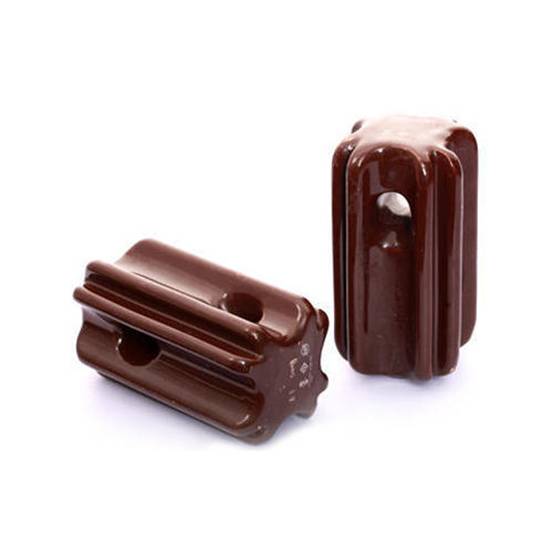
A stay insulator is a type of insulator used to provide electrical insulation for the guy wires or stays that support utility poles. The main purpose of the stay insulator is to prevent the flow of electric current along the guy wires. This helps to ensure the safety and effectiveness of the power distribution system. Stay insulators are also known as guy strain insulator or simply a stay. Its design consists of a single or series of insulating units attached to guy wires. Stay insulators are from materials such as porcelain, glass, polymer or composite materials. These materials provide mechanical support and electrical insulation in South America’s power systems. Common types include bell type insulators, clevis type insulator, Y-clevis type insulator and interlocking stay insulator. They find use in applications such as coastal regions, mountainous terrain and high voltage power lines.
Key features of stay insulator
Stay insulators have designs that provide electrical insulation and mechanical support to guy wires. The following are the key features of the stay insulator.
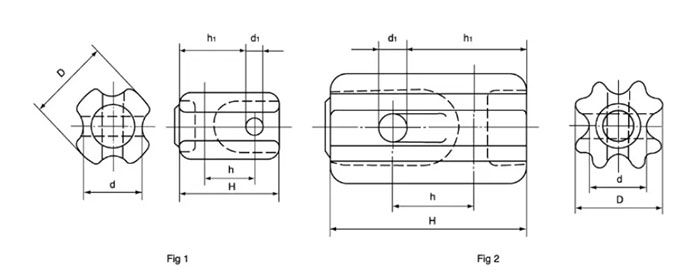
- Mechanical strength – the insulators have exceptional mechanical strength to withstand the tension and mechanical loads. This helps to maintain the stability and integrity of utility poles.
- Corrosion resistance – they are from materials that resist corrosion to maintain their mechanical and electrical properties.
- Creepage distance – this is the surface path along the insulator that prevents the tracking of contaminants. This helps to prevent surface flashovers caused by accumulation of pollutants.
- Lightweight design – this design simplifies handling, transportation and installation to reduce load.
- High dielectric strength – this is important to isolate the guy wires from the ground and prevent electrical arcing.
- Electrical insulation – they are from materials with high electrical resistance to ensure effective electrical insulation.
- Weather resistance – this is important in south American countries with diverse weather conditions. This is including rain, snow, UV exposure and temperature variations.
- Ease of installation – they should have simple and effective installation to contribute to the efficiency of construction.
- UV stability – this helps maintain the insulators performance and appearance over extended periods.
Selection and installation of stay insulator
The selection process is a vital aspect of designing a reliable and efficient overhead transmission system. It involves considering several factors such as mechanical load, environmental conditions, corrosion resistance, design, ease of installation, cost consideration and creepage distance. These factors should help to ensure you select the insulator that suits your application needs. The installation process involves securing and positioning the insulators on guy wires. This is to provide electrical insulation and mechanical support. The following is a general installation process of the stay insulator.
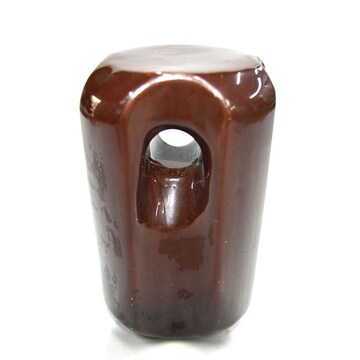
- Preparation – conduct thorough site assessment and determine the suitable locations for installation. The selected insulators should meet the mechanical load requirements and environmental conditions. Also, ensure all the staff adhere to safety protocols and guidelines during the installation process.
- Insulator inspection – inspect each of the stay insulator for any visible damage or defects. They should also match the specified voltage rating.
- Stay insulator positioning – determine the proper spacing and positioning of the stay insulators along the guy wires. Also, ensure the insulators are correctly aligned with the direction of the guy wires.
- Attachment to guy wires – attach the stay insulators to the guy wires using suitable hardware such as clevises or brackets.
- Mechanical load distribution – ensure the installation allows for even distribution of mechanical loads.
- Tightening and fastening – tighten all fasteners such as bolts or nuts securely to prevent movement of the insulators.
- Alignment check – confirm the stay insulators align correctly and not subject to any necessary stress or strain.
- Testing – perform tests to ensure the electrical insulation properties of the stay insulators.
- Documentation – maintain detailed documentation of the installation process. This is including the location of each stay insulator, torque values and any adjustments made.
Maintenance and inspection of stay insulator
Regular maintenance and inspection of stay insulators ensures the continued effectiveness and performance. It also helps to provide electrical insulation and mechanical support to guy wires. Additionally, it also helps to identify and address potential issues that may cause failures and accidents. The following is a basic guide on the maintenance and inspection of the stay insulators in South America.
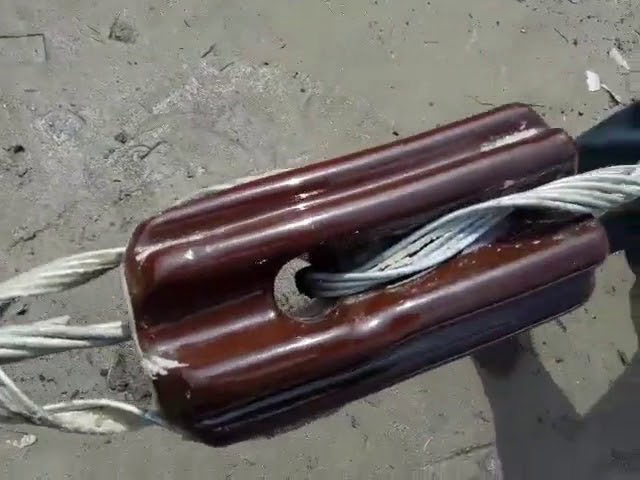
- Conduct regular visual inspections of each stay insulator. Check for any visible signs of damage, cracks or contaminants.
- Use a mild detergent to remove dirt, dust or any deposits that may influence the performance of the stay insulator.
- Verify the creepage distance along the surface of the stay insulator is free from tracking or deposits. The distance should also comply with design specifications to prevent surface flashovers.
- Conduct electrical tests to assess the insulation resistance and electrical performance of the stay insulator.
- Assess the mechanical load on the stay insulators considering factors such as wind, tension in the guy wires and any additional loads.
- Inspect the stay insulators in coastal areas for signs of corrosion on metal components. Consider applying protective coatings to extend the insulators lifespan.
- Use thermal imaging techniques to identify abnormal temperature variations on the surface of the stay insulators.
- Conduct periodic load tests to ensure the insulators can handle mechanical loads. This is as per design specifications.
- Maintain detailed records of inspections, test and maintenance activities performed on each insulator.
Comparative analysis of stay insulator in South America
A comparative analysis includes assessing different types or brands based on various factors. It helps to make an informed decision that aligns with the specific requirements of the guy wire support system. In South America, the analysis should consider factors that are relevant to the specific conditions of the region. Additionally, it is advisable to consult industry professionals for guidance. The following are the factors included in a comparative analysis for stay insulators.
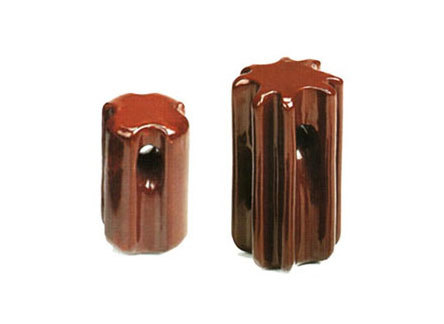
- Material composition – check the suitability of the different insulator materials. They should be able to meet the various South American conditions. Consider factors such as humidity, temperature variations and pollution levels.
- Corrosion resistance – examine the corrosion resistance of insulators in areas exposed to salt spray. Test how well different materials withstand the corrosive effects.
- Mechanical strength – check the mechanical strength of insulators. This is in relation to tension and mechanical loads imposed by guy wires.
- Costs – compare the prices of different insulator materials. Take into account the initial investment and maintenance costs.
- Pollution performance – assess the pollution resistance of insulators in areas with industrial activities.
- UV stability – consider the UV stability of insulators to withstand prolonged exposure to sunlight. This helps to maintain the insulators structural integrity.
Certifications and standards in South America
There are various standards and certifications of stay insulators that dictate their use in South America. Some of the south American countries adopt the international standards for stay insulators. These standards help to ensure the safety, quality and performance of the insulators. Additionally, it is important to engage with the local authorities to understand the regulatory nature in the region. The following are some of the common standards and certifications for stay insulators in South America.
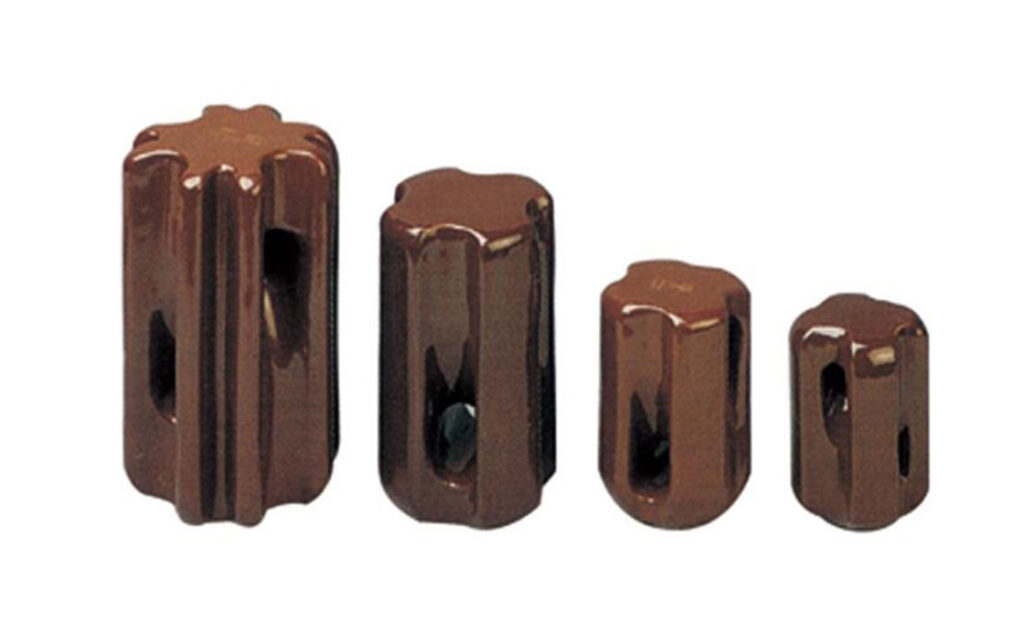
- IEC standards – these are global standards that specify the requirements for stay insulators. It covers design, materials, mechanical and electrical tests.
- ISO certifications – this provides guidelines for quality management and manufacturing processes of the insulator. It also helps to ensure the safety and performance of the stay insulators.
- Regional standards – these are local standards for each country like COPANT. This promotes the technical cooperation and harmonization among member countries.
- National standards – each South American country have national standards for stay insulators. Some include ABNT NBR in Brazil, IRAM in Argentina and NCh in Chile.
Regional market for stay insulators in South America
There are various factors that influence the regional market for stay insulators. Thes include market trends, dynamics, demand, brands and manufacturers. Additionally, it is advisable to refer to market reports, industry publications and consult local experts to understand the market dynamics. The following are the factors that shape regional market for stay insulators in South America.
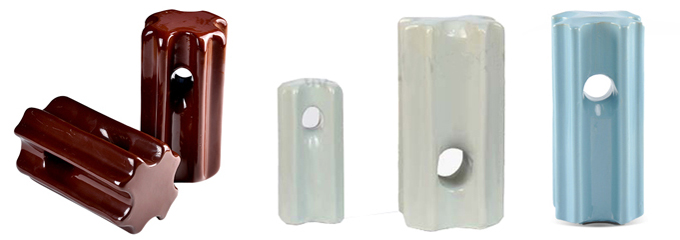
- Investment in smart grids – the adoption of smart grid technologies for efficient power management influences the demand for advanced stay insulators.
- Competitive landscape – the competitive landscape includes the presence of key market players, innovations and technological advancements in stay insulator design.
- Environmental conditions – the wide range of environmental conditions in South America influence the type of stay insulators required.
- Infrastructure development – expansion and upgrading of power transmission and distribution networks influence the demand for stay insulators.
- Energy demand growth – increased urbanization contributes to a growing demand for electrical power. This in turn drives demand for stay insulators in overhead lines.
Frequently asked questions
Stay insulator is an electrical insulator that play an important role in South American expansive power systems to ensure the safe and reliable transmission across vas distances.
The choice of stay insulator impacts the efficiency of power transmission systems in various ways. This is including balancing line impedance, corona discharge, managing leakage current and cost considerations.